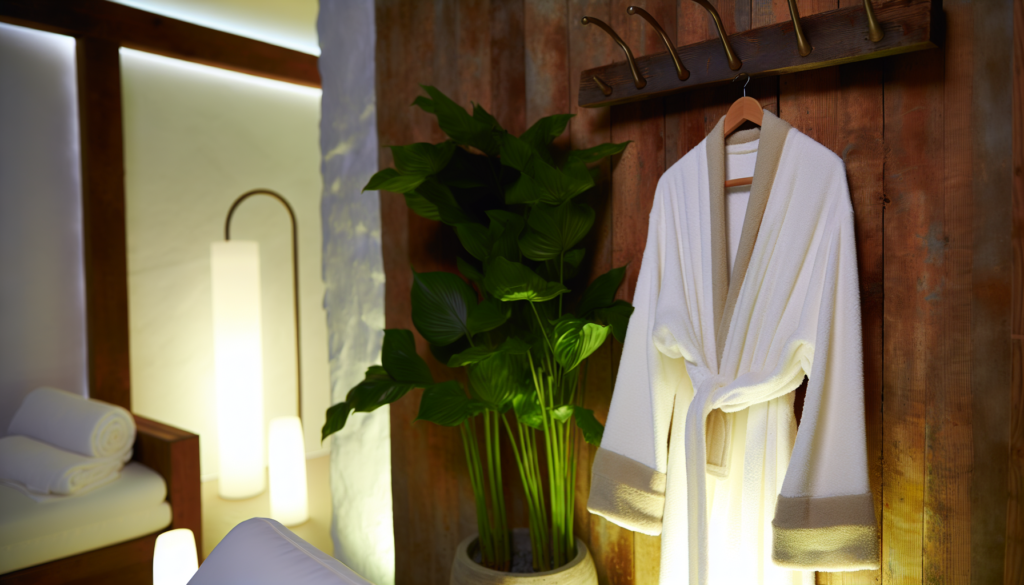When it comes to skincare routines, few approaches have gained as much global recognition as the Korean skincare philosophy. With its emphasis on gentle, nurturing care and layering of products, the Korean skincare routine for sensitive skin offers a beacon of hope for those who struggle with redness, irritation, and reactivity. Unlike harsh one-size-fits-all approaches, Korean skincare celebrates the individual journey to healthy, glowing skin—especially important for those with delicate complexions. Let’s explore how you can adapt these principles into a simplified yet effective five-step routine that soothes rather than aggravates your sensitive skin.
Understanding Sensitive Skin: The Korean Perspective
Korean skincare philosophy approaches sensitive skin with remarkable gentleness and respect. Rather than viewing sensitivity as a flaw to overcome, it’s seen as a signal that your skin needs extra nurturing and protection. In Korea, they understand that sensitive skin often has a compromised barrier function—the skin’s natural shield against environmental stressors.
What makes Korean skincare particularly suitable for sensitive types? It’s the emphasis on hydration, purposeful ingredients, and the “less is more” approach to active components. Many Korean products contain traditional ingredients like green tea, rice water, and centella asiatica that have been used for centuries to calm irritation while strengthening the skin barrier.
Before jumping into product recommendations, remember that patch testing is absolutely crucial when you have reactive skin. What works wonderfully for one person might trigger inflammation in another—your skin journey is uniquely yours!
Step 1: The Gentle Double Cleanse
The cornerstone of any Korean skincare routine begins with cleansing, but for sensitive skin, this step requires extra attention. Double cleansing doesn’t have to mean double irritation—quite the opposite!
Oil-Based Cleanser
Start with an oil-based cleanser that dissolves makeup, sunscreen, and excess sebum without stripping your skin. Look for formulations specifically labeled for sensitive skin, often containing:
Apply to dry skin with gentle circular motions, then rinse thoroughly with lukewarm water—never hot, as high temperatures can trigger sensitivity.
Water-Based Cleanser
Follow with a mild, low-pH water-based cleanser. The low pH (around 5.5) helps maintain your skin’s natural acid mantle, which is often compromised in sensitive skin.
For extra gentleness, try cleansing waters or micellar formulations if foam cleansers feel too stripping. Remember, after cleansing, your skin should feel comfortable—never tight or dry.
Step 2: Toning for Balance and Hydration
Forget everything you know about Western toners that strip and sting. Korean toners (often called “skin” in Korea) serve an entirely different purpose—they hydrate and prepare your skin to better absorb subsequent products.
For sensitive skin, look for alcohol-free formulations with soothing ingredients like:
Apply your toner by gently patting it into your skin with your fingertips or a soft cotton pad. Some people prefer the “7-skin method”—applying seven thin layers of toner—but for sensitive skin, try just 2-3 layers to start, observing how your skin responds.
Step 3: Essence – The Heart of Korean Skincare
The essence step might be unfamiliar to those new to Korean beauty routines, but it’s particularly beneficial for sensitive skin. These lightweight formulations deliver concentrated hydration and targeted nutrients that strengthen your skin barrier.
For sensitive skin, look for essences containing:
Apply 2-3 drops to your palms, warm them slightly by rubbing your hands together, then press gently onto your face. This warming technique helps with absorption and is much gentler than rubbing.
Step 4: Targeted Treatment with Serums
For sensitive skin, less is definitely more when it comes to active ingredients. While it might be tempting to address multiple skin concerns at once, this can overwhelm reactive skin.
Choose one gentle serum that addresses your main concern:
For Redness and Irritation
Look for serums with cica (centella asiatica), beta-glucan, or mugwort. These traditional ingredients have powerful anti-inflammatory properties without harsh side effects.
For Dehydration
Opt for serums with multiple weights of hyaluronic acid or polyglutamic acid, which provide hydration without irritation.
For Barrier Repair
Ceramide-rich formulations help rebuild your skin’s natural protection. Some also contain peptides that strengthen without irritating.
Remember to introduce new serums one at a time, using them every other day initially to monitor how your skin responds.
Step 5: Lock It All In with Moisturizer
The final step is crucial for sensitive skin—sealing in all the goodness of your previous steps while providing additional nourishment and protection.
Korean moisturizers for sensitive skin often have a unique texture that falls between Western lotions and creams—light enough to not feel suffocating but substantial enough to provide lasting hydration.
Look for these skin-calming ingredients:
For daytime, always follow with a gentle mineral sunscreen specifically formulated for sensitive skin. UV damage can worsen sensitivity and trigger inflammatory responses, making sun protection non-negotiable in any skincare routine for sensitive skin.
The beauty of the Korean approach lies in its flexibility. On days when your skin feels particularly reactive, you might skip the serum step entirely. During changing seasons, you might adjust your moisturizer’s weight. This responsiveness to your skin’s changing needs is perhaps the most valuable lesson from Korean skincare for sensitive skin—learning to listen to what your skin is telling you and responding with kindness rather than harsh interventions.
Remember that patience is key with sensitive skin. Results won’t appear overnight, but with consistent, gentle care, your skin’s resilience will gradually improve, leading to that coveted healthy glow without the irritation.







